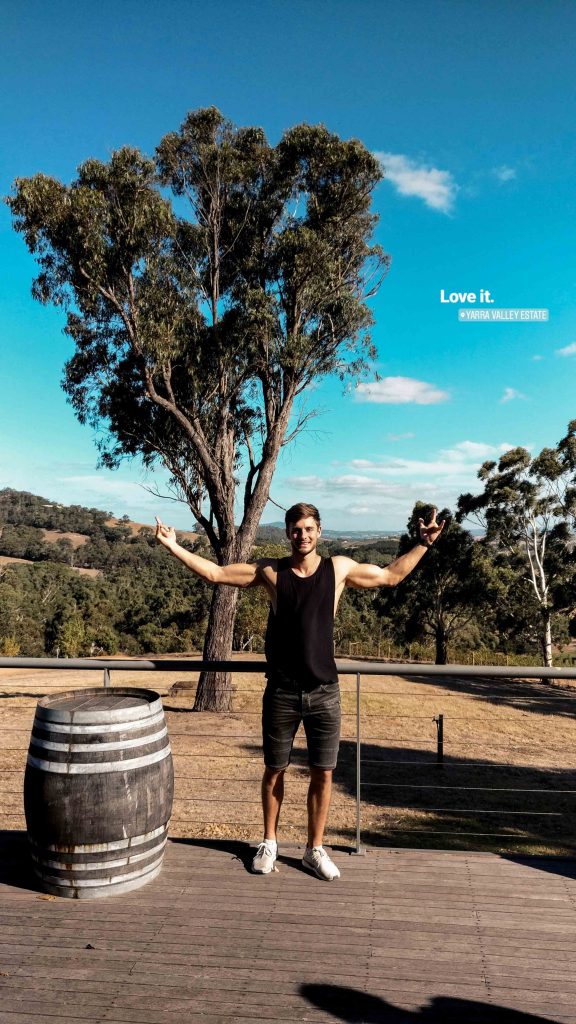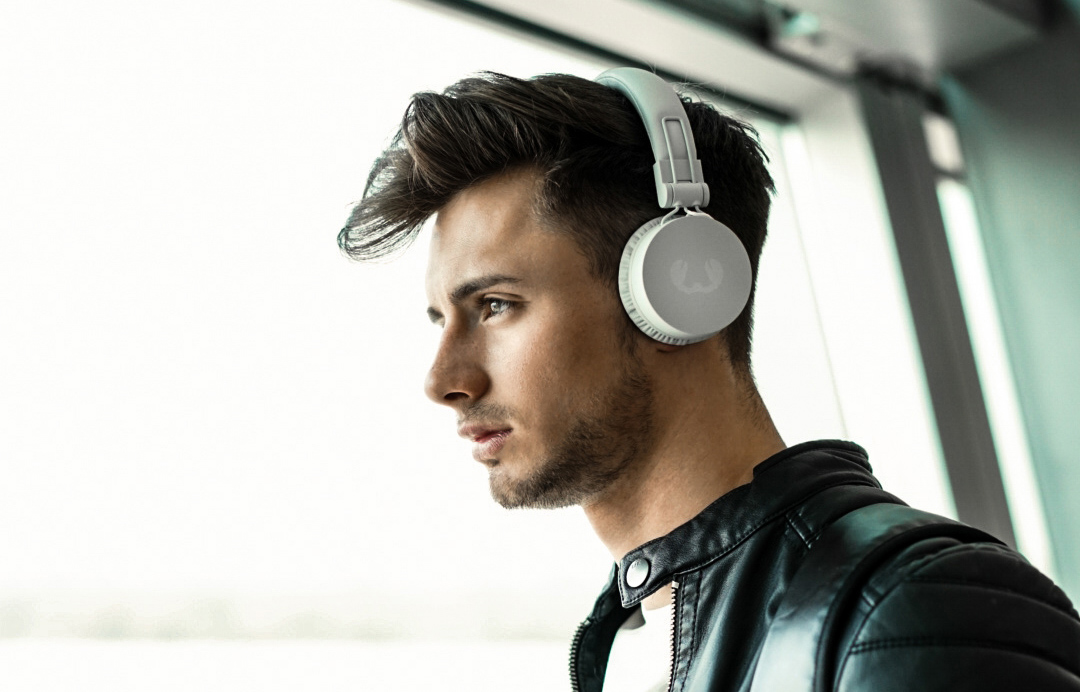I’ve been torn over whether to travel to Australia or not for a long time. But now I have finally decided to take this huge step, meaning I’ll most likely live here for a year and leave my old life behind, to start my great adventure. This is easier said than done and it took a lot of time to come to this decision. There are a lot of things to organise and arrange, before the journey can begin, and about a year before I started my journey I started to get into the subject matter.
Preliminary considerations about the period of life after my dual study
When you have completed a chapter in life, such as studying or training, you should always think early on what you want to do next. This question is not always easy to answer and you should consider all the different alternatives. But it is always better to make a wrong decision than to not make a decision at all. Because even wrong decisions help you learn!

What should I do? – Study, work, year abroad, Instagram and modeling?
After my dual degree in insurance, I had many options, I could have continued my studies and completed my Masters in Sales Management or I could have started working first. I also could have focused my full attention on Instagram and modeling, or even just spent a year abroad travelling.
This big question was the hardest that I’ve ever had to answer before. Yes, probably even more difficult than the question of what to study after graduation 😀
In order to answer this, I spent a lot of time thinking about it and weighed up every alternative. The possibility to “go to work” is the first thing I left out, because before starting work my preference was to complete my masters.
“Modeling and Instagram”. Such a chance presents itself only once in a lifetime. But can I be successful in the long term and live off it? Or maybe this is just a ‘nice to have’ business on the side and when I’m 28 I have to go back to my ‘normal’ job?!
Should I really go abroad for a year and leave my friends, family and familiar environment behind? This is an extremely long time! But to study Sales Management, I have to develop my English, because the degree program is 50% in English! Therefore, it would actually be beneficial to spend a year abroad.
But do I have enough time to do Instagram then?!
These were my thoughts, which occupied me almost daily …
Ultimately I decided, as I am only 21 years old, to do a year abroad, to mature my personality and to be able to develop myself further. I would also take the opportunity to use the beautiful places and experiences to feed my Instagram account (@fabianxarnold) with great travel pictures. And maybe there will be some opportunities for modeling abroad too 🙂
In which country should I do my year abroad?
I needed a country to improve my English. There were 3 countries I considered; The US, England and Australia.
In England the weather is similar to Germany and if I travel abroad, my prefererence is to have sun 🙂
The United States would be very cool! But somehow it did’nt appeal to me as a backpacker, I would like to do that later as a holiday.
That’s why I chose Australia, everything is just right here. The people are super nice, there are endless beautiful places to explore. There are a also a lot of backpackers and you are never alone! When it comes to working, you can always find something here because the country is geared for backpackers and backpackers are regarded as “cheap labor” for jobs that nobody else would do (fruit picking, lab or land-scaper).
Why Work and Travel and not just Travel?
For me it was important to work alongside the travel, because you get to know the culture a lot better, gain a lot more experience, get in touch with new work, with which you had no experience in before. So you will probably appreciate the office job at home in Germany! In addition, you learn much more intense English on the job, as if you surround yourself with only german backpackers, then you would only be speaking German!
Furthermore, Australia is almost twice as expensive as Germany. Since the minimum wage here is about $ 23 (about 15 Euros), I would also recommend anyone to work in Australia and then to travel. Not to work in Germany and save, and then only be able to travel in Australia. The opportunities to earn money here is better than you think!
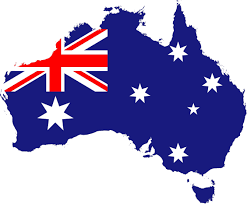
Organization for a year of work and travel in Australia
Before the adventure can start, you have a lot of things to organize. From work and travel visas, flights, insurances, visits to the authorities, to the equipment you need on your journey. I know the feeling well enough that when you hear all this, it can be overwhelming and you do not want to deal with all this “shit”. But the more effort you put into the organization of the journey, the more relaxed you will be afterwards.
Where can I get help with organizing my Work and Travel?
Do not worry! When organizing your work and travel you are by no means alone! There are numerous paperbacks that accompany you while organizing this adventure. I used the paperback “Work & Travel in Australia: Preparing, Traveling and Working” (Katharina Arlt and Melanie Schmidt 2017) for my organization.
There are also many helpful websites on the internet, such as www.auslandsjob.de, www.travelworks.de, www.work-and-travel-australien.org or www.reisebiene.de 🙂
Of course, there are organizations that stand by you for all questions. But I will go into the topic of organization below.
I have created an excel spreadsheet out of everything which matters to me most, and then simply went step step by step. I would recommend that to anyone because you are showered with information, much of it being the same advice.
You get a small overview from my Excel spreadsheet, which I have uploaded here. But remember … It’s all individual and everyone has to adjust it for themselves!
http://fabianxarnold.com/media/reisekostenvorbereitung.xlsx
22 steps of the organization for your year abroad
As I have independently organized my journey and have dealt with many different sources of information gathering, I would like to share with you several steps below, to reflect on the most important of your journey for Work and Travel in Australia! The first step is the decision to either travel with or without a travel company … From step 2 on, I will go on to organizing travel without a travel company.
Step 1: Traveling with or without travel organization?!
Before you can start with the organization of the trip, you should first consider whether to book the trip with an organization or travel individually. Booking through an organization can have advantages and disadvantages. However, an organization does not mean that you no longer have to worry about your trip and that the organization does everything for you. Most organizations take care of the booking of flights and provide advice on many matters. For example, when it comes to opening a bank account in Australia, applying for the tax code and visa. Nevertheless, you have to take care of all of this independently and get in touch with the respective companies and institutions. To get straight to a quick conclusion about organizations … I booked my trip without an organization and got along very well. I would do that again and again, because travelling without an organization can save about 600 € to 800 €. If you would rather have a local contact person and would like to take part in preparatory courses in Germany, I would highly recommend an organization for you. A good comparison of all advantages and disadvantages can be found on this page (for this you have to register for the newsletter, but it’s worth it !!): https://www.auslandsjob.de/work-travel-mit-ohne-organisation.php
Step 2: Renew or apply for the passport?
The first and most important thing to do when starting to organize your work and travel year is your passport, which should be valid for long enough. What means long enough? To enter Australia, the passport must be valid at least 6 months after departure.
For example, I traveled to Australia in February 2018 and expect to stay in Australia for a year before returning to Germany. Therefore, my passport must be valid until at least August 2019.
It is important that you clarify this first, because the work and travel visa is bound to the passport and if the passport is not valid for long enough you have to apply for a new visa. This will cost you more than 300 €. You can renew your passport or apply for it in your local office. The cost should be between 40 € and 60 €. All information may have changed, therefore you should clarify that again exactly and research yourself!
Step 3: Apply for the Work and Travel Visa
Applying for the Work and Travel visa or working holiday visa (as it is said in Australia) takes about half an hour to an hour and can be done on the site of the Australian Government (https://www.homeaffairs.gov.au/trav/visa-1/visa-listing). It costs just over € 300 (as of 2017). If you are from Germany, the Working Holiday Visa 417 is the right choice. It allows you to travel to Australia within a year of receiving the visa and to travel and work for a year. I received the visa within a week of applying for it. But I know it can take several weeks to get your visa confirmed. Therefore, start applying early. Its best to apply before you have booked your flight, because it would be really shitty if you have a confirmed flight but your visa is rejected! All information may have changed, therefore you should clarify that again exactly and research yourself!
Step 4: Think itinerary
Before you can start booking the flight, I would plan a rough itinerary and research the country, the weather and the culture. The seasons are completely reversed here! When it is summer in Germany it is winter in Australia. Winter and summer are not the same everywhere in Australia, the north is more tropical compared to the south. In summer it is common to have rain, and there can even be monsoon’s. In winter it is more pleasant with temperatures around 25 to 30 degrees. The further you travel down south, the more European the weather gets.
In Melbourne in winter it sometimes drops to zero degrees °C and then the summer clothes aren’t suitable enough! Therefore you should try to stay in the south during the australian summer and then travel north when the winter comes.
I started in Melbourne in February and then travelled up the east coast.
You should also remember that when you want to work (depending on where you are and what work you want to do) there may not be many jobs availaible, because the season isn’t suitable.
The important thing is that you have a starting point and a rough plan. Your plan is likely to change throughout the trip anyway! Once you’ve chosen a starting point, you can start the search for a flight.
Step 5: Look for flights to Australia
With the search for a flight you should start as soon as possible, as flights tend to be cheaper the earlier you book. There are several different options when booking the flights. Either you only book the outward flight and then book the return later, once you know exactly where and when you want to fly back. This is probably the most expensive but also the most flexible option because remember that plans on a long journey sometimes change! Personally, I have booked my journey by this method and spent 680 on my outward flight. The prices for the outward flight generally vary between 400 € and 1300 €!
Of course there is also the possibility to book direct return flights together. This is usually cheaper but isn’t flexible at all! If you book through a travel agency, you may be able to get a flexible return ticket for the outward flight, which you can rebook several times free of charge! Usually that’s a cheaper alternative than just booking the outward flight. It would’ve been cheaper if I had chosen this method 😀
Then there is also an ‘Around the World’ ticket or ‘fork flights’. But you should pick the option which most suits your needs and flexibility. : D
Here are the different ways to book your flights:
- Websites
-
- govolo.de
- skyscanner.de
- fluege.de
- etc….
- Travel agency
Otherwise google places where you have found cheap flights and write me a short email to fabianxarnold@mail.de 🙂 Thx!!
Step 6: Take out, cancel and cancel insurance
Cancel or shut down health insurance
Unfortunately, the German health insurance does not help you for your trip to Australia, as it only works in Germany or the EU. Therefore, it makes sense to let them shut down your account for your time during Australia.
Complete private health insurance
In order to have your statutory health insurance closed, you need proof that you have a private health insurance for the trip. A cheap and very good insurance, which is tailored to backpackers in Australia, is the young Travel insurance HanseMerkur insurance (Germany). I also used this company myself and have not had any problems so far. Here you can find the link to the HanseMerkur and a comparison overview for Work and Travel Health Insurance:
http://www.auslandsjob.de/hansemerkur-young-travel-basis.php
http://www.auslandsjob.de/work-and-travel-versicherung-vergleich.php
Take out private supplementary health insurance
Most private supplementary health insurance do not help you during your one-year work and travel journey. Therefore, I would recommend you to take out a protective insurance and put them down so that you save money!
Take out liability insurance and accident insurance
A liability and accident insurance you should definitely complete for your work and travel year! You should check if the liability insurance of your parents includes you on your trip! For this you should ask the insurance company directly. If you already own a private accident insurance, the same applies here. Maybe this applies directly to your one year journey! Once again just ask the insurance company. If you need one, you can complete it directly in the package of Young Travel insurance from HanseMerkur. Link is at the top of the chapter “Private Health Insurance”.
Let private care insurance and life insurance continue
As long as you have the money to keep these insurances on your trip, I would do that too!
Further insurances:
Legal expenses insurance: Nice to have but in no case a must, since most legal expenses insurance does not apply abroad!
Breakdown insurance: This insurance is in any case makes sense to include, because anything can happen, which will put you on the line.
Luggage insurance: Nice to have but not a must have! If you have expensive items, like a laptop or a camera with you, I would personally insure them separately with an Allrisk cover.
Step 7: Log out from the registration office
Whether or not you log out of the Resident Registration Office is actually relatively irrelevant. I didn’t do it because I want to keep my business running in Germany and therefore have to be registered in Germany as well. If you are abroad for a limited time and have an address in Germany, I would stay registered. If you give up your accommodation in Germany and then have no address to specify (except maybe the parents), you should also unsubscribe from the registration office.
Step 8: Sell or keep your car, motorcycle, etc.
If you are away for a year you should consider whether you want to sell or keep your car or motorcycle. Then also make sure to log the necessary driving documents and cancel the insurance.
Step 9: Cancel subscriptions
Another step is to terminate all subscriptions in Germany before leaving so you don’t get any problems with the notice period, and save money! Subscriptions for example include: gym, newspaper, magazines etc …
Step 10: Apply for an International Driver’s License
You should definitely apply for an International Driver’s License. It only costs about 14 € at your road traffic authority and allows you to drive freely in Australia. But remember to drive on the left hand side of the road, and the LEnkrad is on the right! Pretty confusing in the beginning but you get used to it!
Step 11: Credit Card for Work and Travel Australia
The easiest way is to get a credit card for your world trip or Australia trip. In Australia you pay almost everywhere with a credit card and there is no such thing as a giro account card. A very good free credit card offers the DKB. In the first year after opening the account, you will receive all foreign fees back as an active customer. That means if you buy with your credit card abroad. Withdrawing money is unfortunately not free. But that can change, so check the following link:
https://www.dkb.de/privatkunden/visa-card/
Here you can find a comparison of several companies that offer credit cards for Australia:
https://www.auslandsjob.de/australien-zahlungsmittel.php
Step 12: Open a bank account in Australia
To work in Australia, you need an Australian bank account. With some banks one can open the account already directly from Germany and must then pick up in Australia only the bank card. That was the case, for example, with Westpac Bank, where I opened my account. This and the Commonwealth Bank are the two largest banks in Australia and as well as everywhere else. However, Westpac Bank is suggested by almost all Work and Travel websites as the best:
http://www.backpackerpack.de/bankundversicherung.php
https://www.auslandsjob.de/konto-eroeffnen.php
Here directly the link to page of Westpac:
https://www.westpac.com.au/personal-banking/bank-accounts/moving-to-australia/?layout=full&cid=wc:mg:q1-bau_1709:aff:aff:dtop&utm_source=aff&utm_medium=aff&utm_campaign=q1-bau_1709
Step 13: Needed vaccinations for Work and Travel in Australia
Approximately half a year before the trip starts you should contact your family doctor about the vaccinations you need for your trip. Basically, it is the same standard vaccinations as in Germany. But if you want to travel to Asia or parts of Asia on your journey, it is essential to get vaccinated against other diseases!
Step 14: Have your health check done before your Work and Travel trip
In addition to the vaccinations, you should get yourself checked up completely about one month before the trip. That means a trip to the family doctor, to the dermatologist, dentist and maybe ophthalmologist. Starting a journey with illnesses and other problems is always shit!
Step 15: Application documents for working in Australia
If you want to work in Australia, you will need a CV to apply for most jobst. This CV is slightly different than in Germany. If you want to spare the stress in Australia, you can start writing your CV for Australia in Germany. P.S. they’re just backpacker jobs and a few mistakes are allowed! 🙂
In addition, you can set up a folder with certificates etc., which you have from both your school and work world.
Depending on which job you want to do in Australia, you need certificates for which you have to attend courses. To work in construction it is essential to obtain a ‘White Card’, which costs between € 30 and € 100. To work as a bartender you need the ‘RSA’. Therefore think about what job you want during your time abroad and complete the necessary certifications.
You can’t apply for the tax file number until you have an Australian phone number, so you can put off the topic till you’ve arrived!
Step 16: Scan and save documents
In order to have all the essential documents with you on your Work and Travel journey and to ensure they can’t be lost, I would scan all the important documents you might need and upload them to a cloud so you can access them from anywhere!
Important documents are for example:
- Identity card
- Passport
- International and normal driver’s license
- Bank cards / credit cards
- Visa
- Insurance certificates and contact numbers
- Social security card
- Airline tickets and booking confirmations
- Vaccination certificate
- Application documents
- etc.
Step 17: Provide documents for your contact person in Germany
All these documents or the password or the link to the cloud I would give to a contact in Germany, which then in case of emergencies can access these documents and help you.
Step 18: Backpacks for Work and Travel in Australia
Next up is the question of the backpack for your Work and Travel adventure. The best way is to get a travel backpack with at least 65 liters capacity, to ensure you have enough space.
I went directly to a comparison page, where the different backpacks were rated for value for money. You can find such a comparison page here, for example:
https://www.vergleich.org/backpacking-rucksack/
Every year, new comparisons are made, so watch out, there may not be newer comparisons!
In addition to your backpack, I recommend you to buy a daypack with about 20 liters capacity and a shoulder bag or fanny pack.
Step 19: What do I have to pack for Work and Travel in Australia?
Since I’m a male, I can’t make an exact list for women because I have no idea what they need 😀
For Australia, you should mainly take summer clothes with you. But also one or two long things and a rain jacket always comes in handy!
Here is my list, what I took with me to Australia … (may be a bit much :D)
dress
- 8 to 10 underpants
- 2 hiking socks / 9 short socks
- 1 softshell jacket
- 1 fleece sweater / jacket (I have a leather jacket :D)
- 2 long sleeve shirts
- 7 T-shirts / 4 tank tops / 1 polo shirt
- 2 jeans
- 2 swimming shorts / 2 jogging shorts / 2 sports pants
- (Work clothes?! -> office, construction, harvest ?!)
- Shoes
- 1 pair of hiking boots
- 2 pairs of neutral shoes
- 1 pair of slippers / flip-flops
Personal Hygiene
- Shower gel & Co in small plastic bottles
- Hair stuff / comb
- 1 microfiber towel (small and large)
- Toothbrush / dental cleaning materials
- cream
- Contact lenses / – tools + glasses / -zeug
- suncream
- Razor (wet and dry)
Means of payment and documents
- Credit card
- Cash (50 € and 200 AUS $)
- visa
- flight ticket
- passport
- identity card
- Intern. and German driver’s license
- etc.
travel pharmacy
- ibuprofen
- Anoint
- Aktren / Aspirin
- against heartburn / diarrhea
- plaster
- charcoal tablets
- etc.
Others
- sunglasses
- tick
- Buy camping equipment locally !!!
- Flashlight / headlamp
- pocket knife
- combination lock
- travel adapter
- Earplugs (important!)
- camera
- Mobile / Power Bank
- charging plug
- Travel documents / money / wallet
- Laptop + charger
- Jukebox
Step 20: Mobile Phone + Sim Card for Abroad / Australia
To work and travel in Australia, you need an Australian phone number / SIM card. The largest providers are Telstra, Vodafone and Optus. Telstra has the largest network coverage. In the city you have with Vodafone actually everywhere reception. Optus is between the two. Most providers always have special offers for their prepaid SIM cards. Therefore, check out the websites and check out offers in Australia and even before you arrive. You can then buy the SIM cards in any shops (called 7Eleven). It’s really easy and you’ll be able to do it!
It is best if you have a mobile phone that can use two SIM cards at the same time. Then you can continue to use your German number for WhatsApp and online banking and have an Australian number for Internet and calls in Australia!
Step 21: Book first nights in Australia
It makes sense to book a hostel for the first couple of nights in Australia while at home, so you have less stress when you first arrive. I recommend you book an expensive and high quality hostel for the first few nights so that you are not directly shocked and want to go home on the first day (because some hostels are really dirty).
Step 22: Get everything ready to go and get into your biggest adventure!
I hope you liked my blog post! For questions, comments or suggestions for improvement please send me an email to fabianxarnold@mail.de !! Thank you!!
The next blog post is about my first days in Australia and my time in Melbourne. So stay tuned! For more content you can check my Instagram account (@fabianxarnold).
Greetings and good luck with the preparation
Fabian

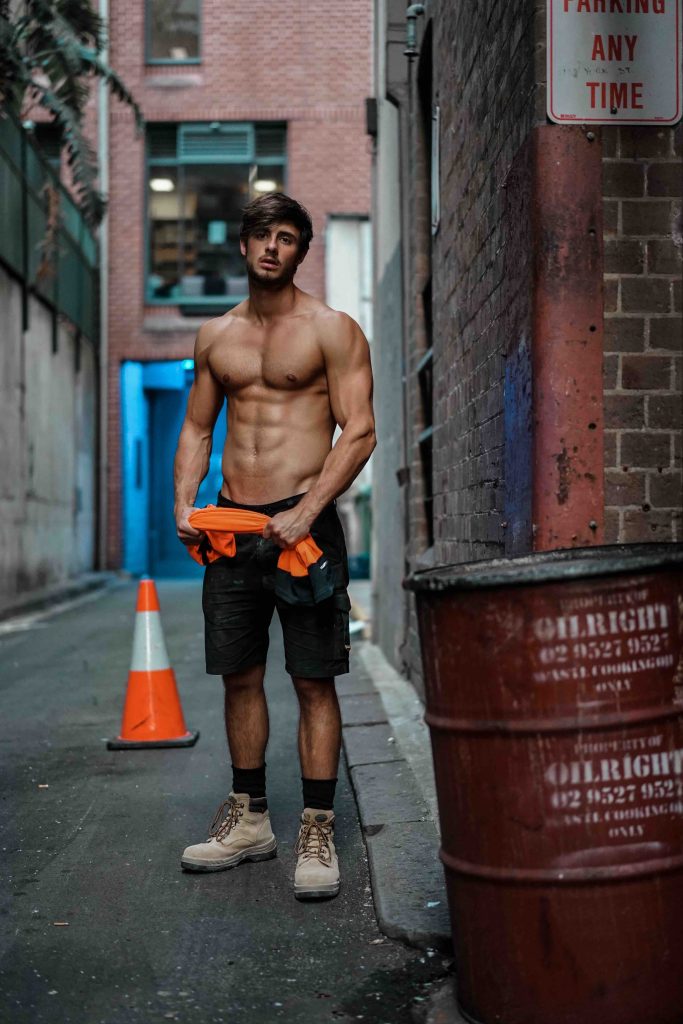
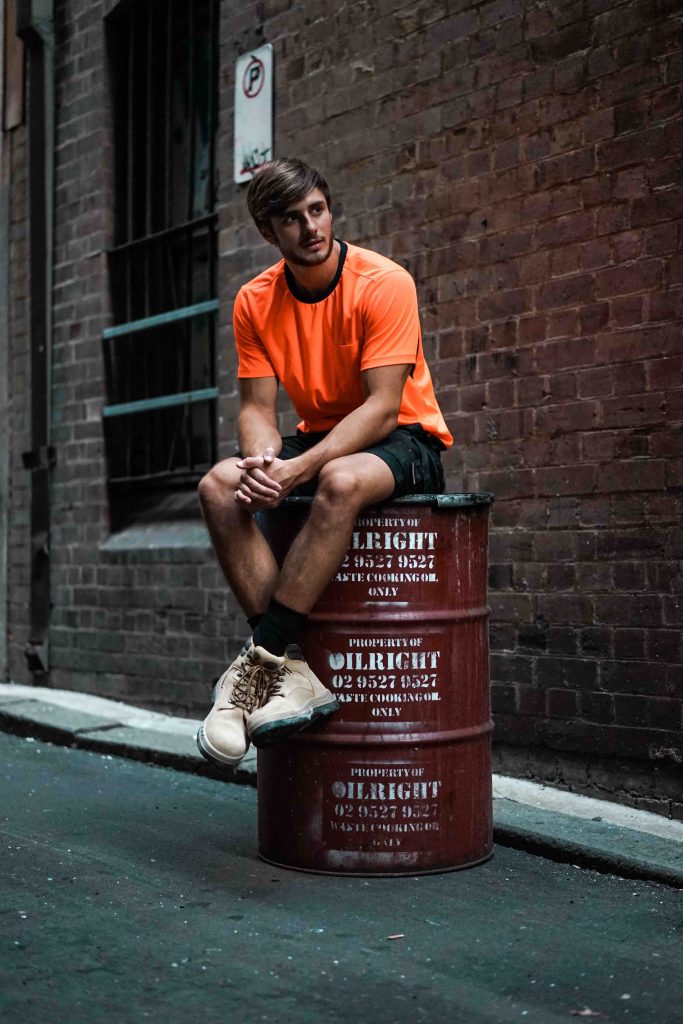 The whole issue of licenses in Australia is much more complicated than in Germany. To work behind the bar, you need a so-called RSA and to work on a construction site, for example, you need to have a white card. There are many licenses in Australia. You need to have a license for every dangerous job. You can do these licenses in online workshops or in real workshops in companies. Those licenses cost between $ 50 and $ 200. Once you have them, you can work in the area.
The whole issue of licenses in Australia is much more complicated than in Germany. To work behind the bar, you need a so-called RSA and to work on a construction site, for example, you need to have a white card. There are many licenses in Australia. You need to have a license for every dangerous job. You can do these licenses in online workshops or in real workshops in companies. Those licenses cost between $ 50 and $ 200. Once you have them, you can work in the area.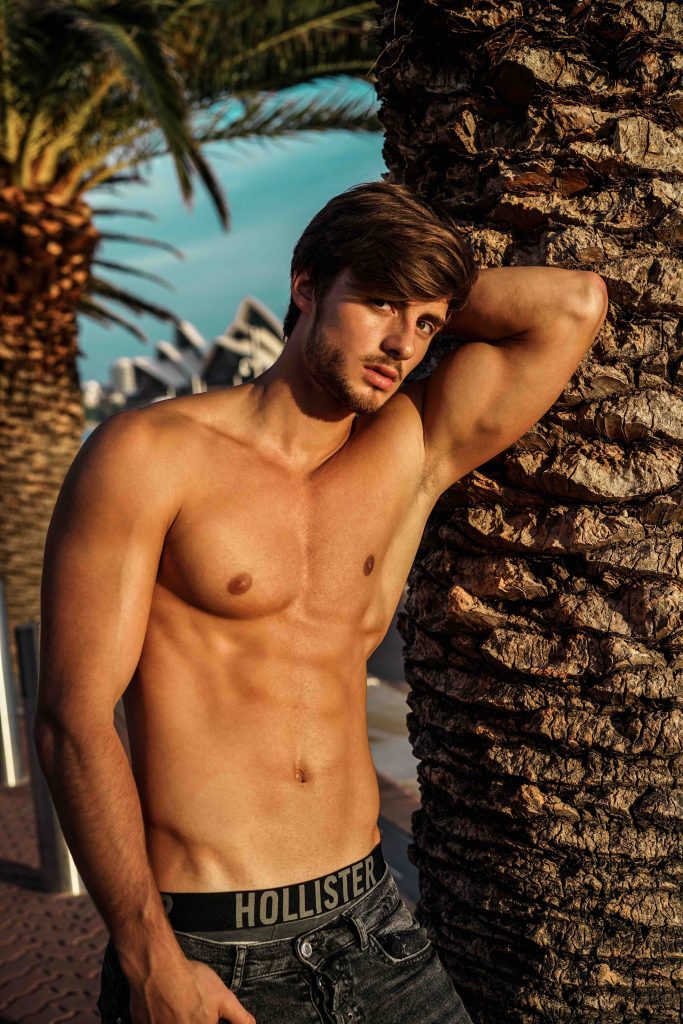


 Now was the time to turn my back on Melbourne till indefinitely. In the past months (February and March 2018) I had experienced so much, I had ups and downs and can say that these two months have brought me a lot further in my life. As a person I have already changed a lot, I could just spend time with myself and my thoughts.
Now was the time to turn my back on Melbourne till indefinitely. In the past months (February and March 2018) I had experienced so much, I had ups and downs and can say that these two months have brought me a lot further in my life. As a person I have already changed a lot, I could just spend time with myself and my thoughts.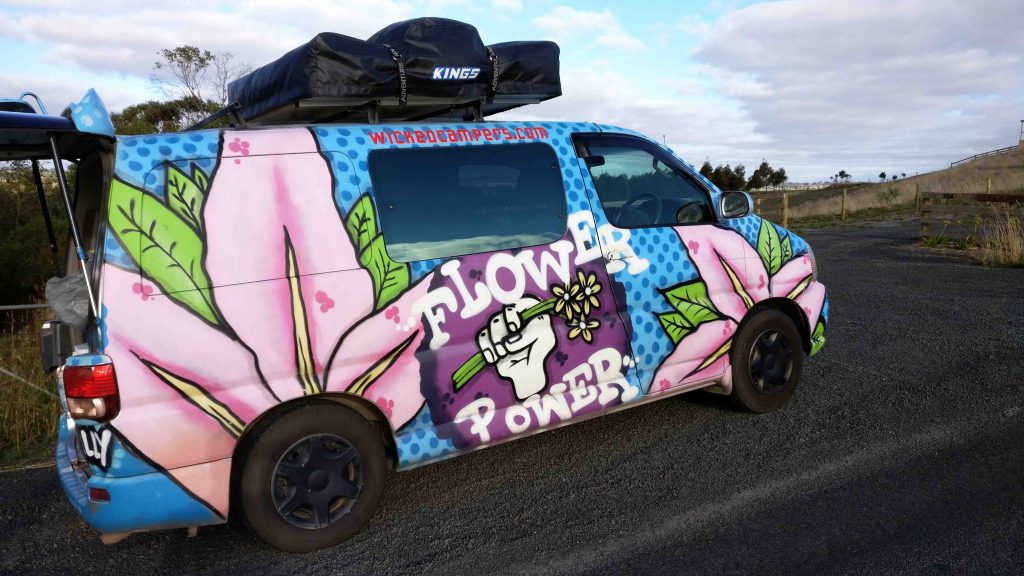
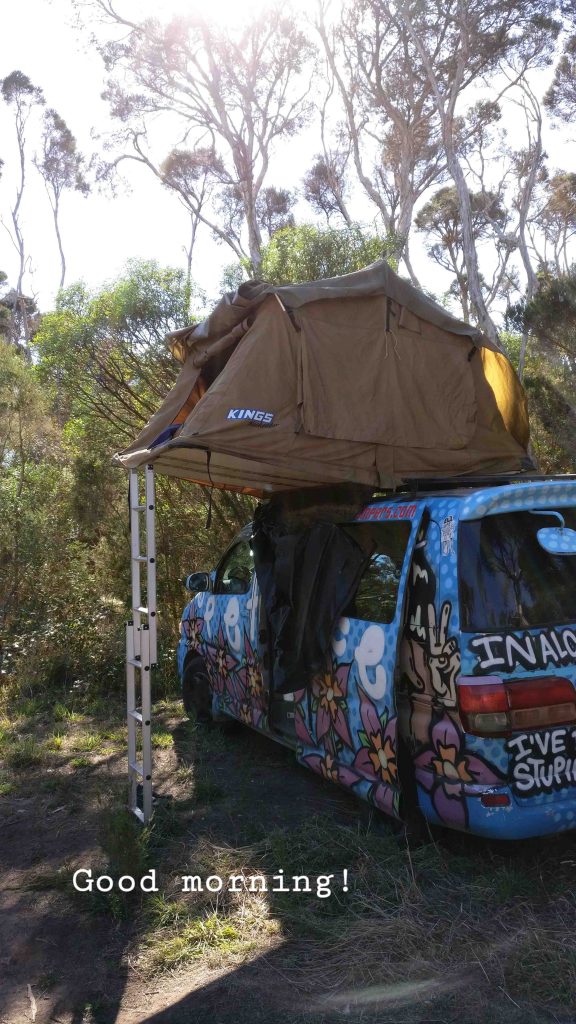
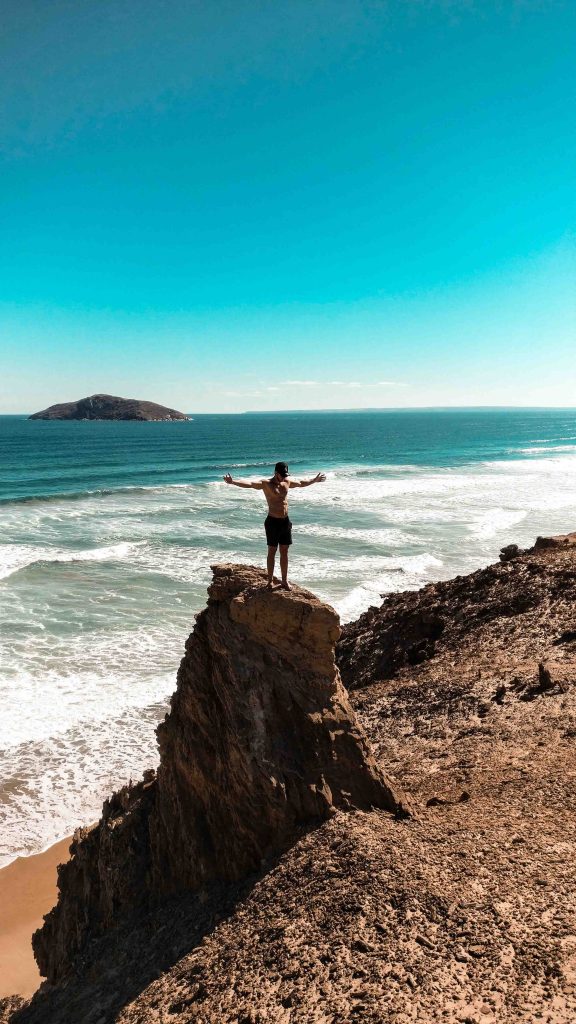
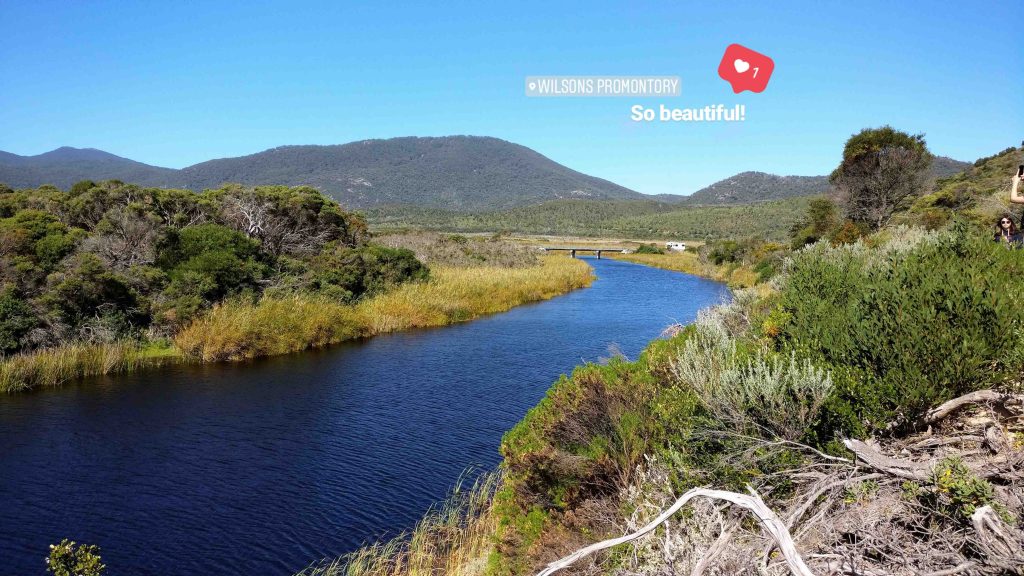
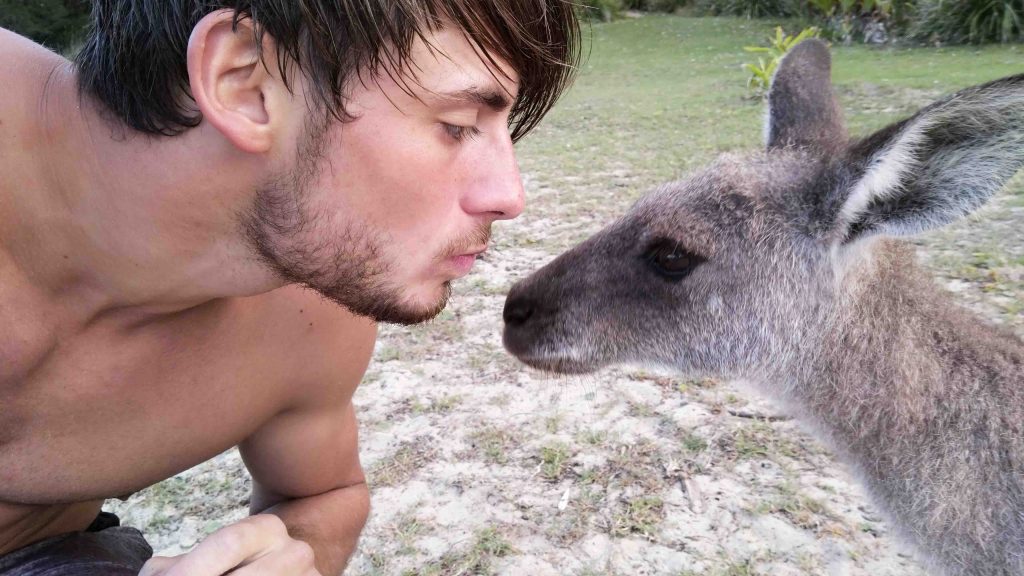
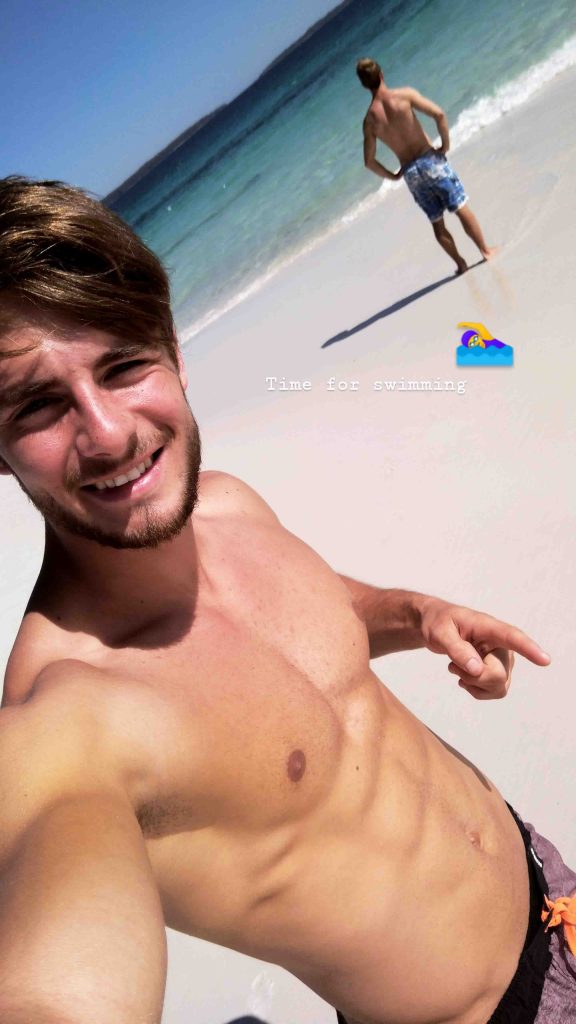
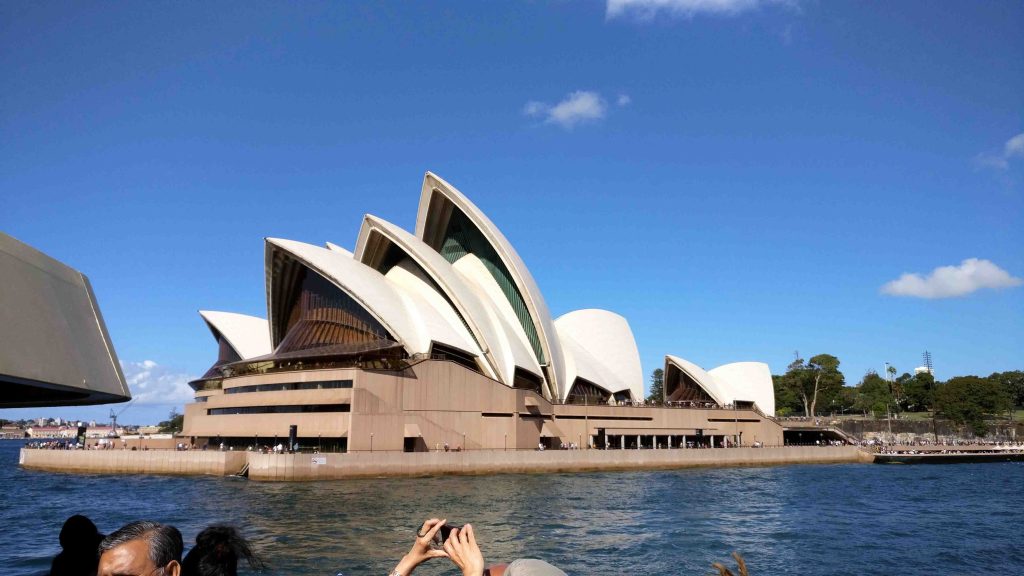
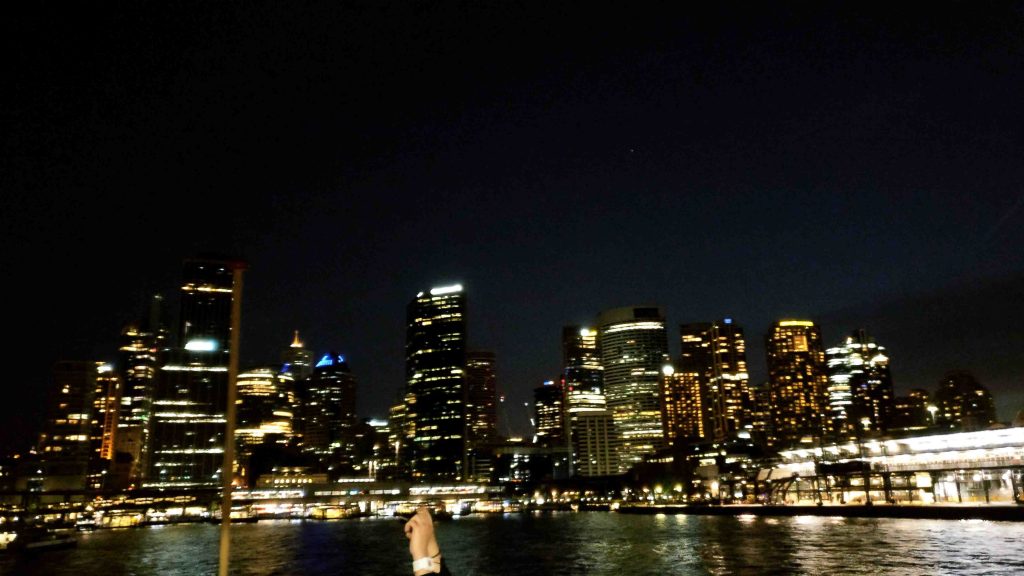
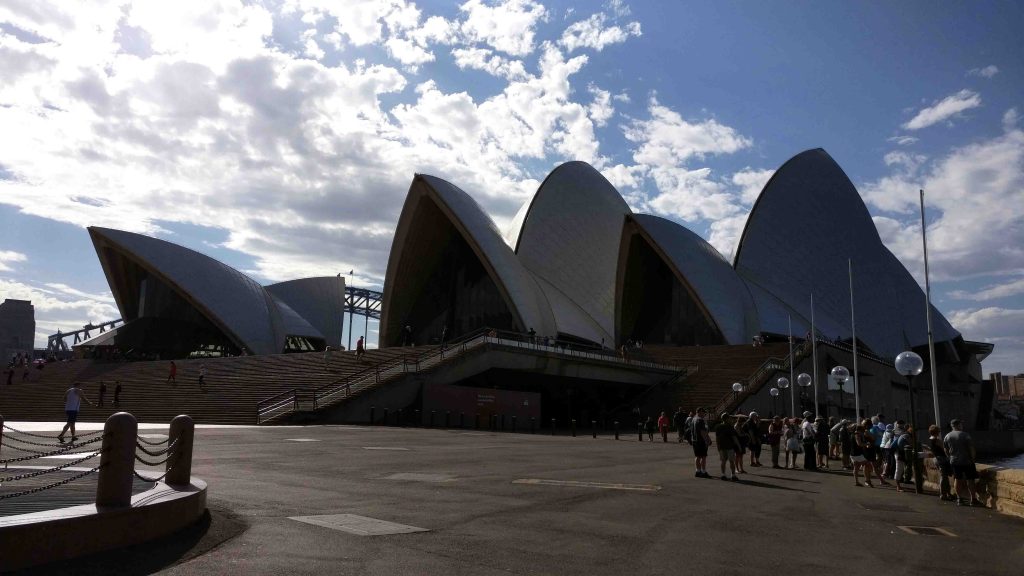
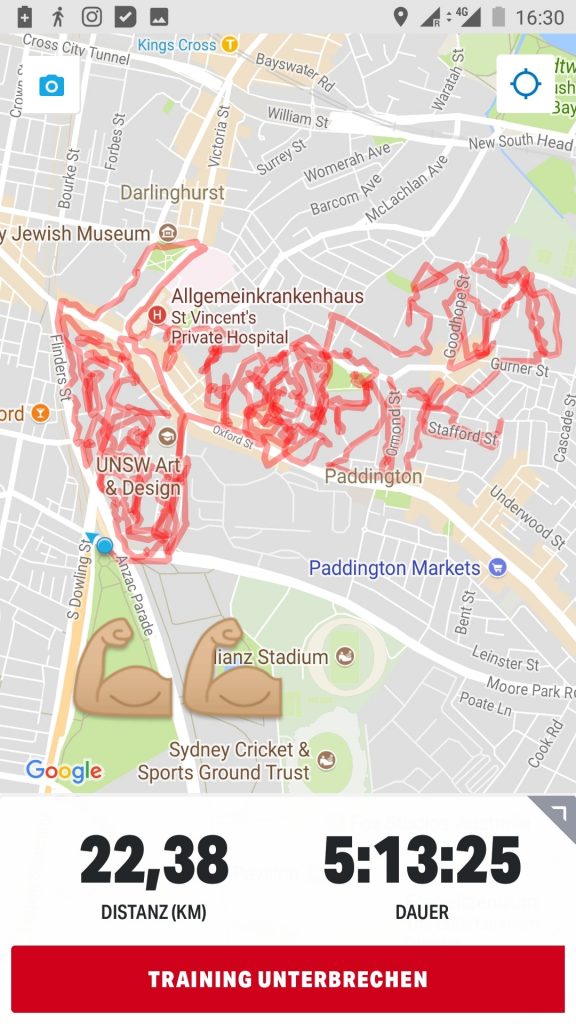










 The next thing I remember is the mountain “The Nut”. It is the most northern point in Tasmania. The mountain is at the last corner of the land mass and looks like a nut. It is surrounded by cliffs and is completely smooth on top, with a air lift you can be transported to the top and start your walk, the trip takes about 45 minutes, during the walk you have a beautiful view that looks over the ocean and the coast of Tasmania, this is definitely a “must do” in Tasmania. As the trip started we were sighted with many national parks, First we approached the “Tarkine Wildernis”. We drove for over 100 km on a gravel road, the road felt like never ending, you can picture it a long road with trees that filled either side. We also experienced a beautiful sunset, we sang songs and also told each other funny stories from Germany.
The next thing I remember is the mountain “The Nut”. It is the most northern point in Tasmania. The mountain is at the last corner of the land mass and looks like a nut. It is surrounded by cliffs and is completely smooth on top, with a air lift you can be transported to the top and start your walk, the trip takes about 45 minutes, during the walk you have a beautiful view that looks over the ocean and the coast of Tasmania, this is definitely a “must do” in Tasmania. As the trip started we were sighted with many national parks, First we approached the “Tarkine Wildernis”. We drove for over 100 km on a gravel road, the road felt like never ending, you can picture it a long road with trees that filled either side. We also experienced a beautiful sunset, we sang songs and also told each other funny stories from Germany.

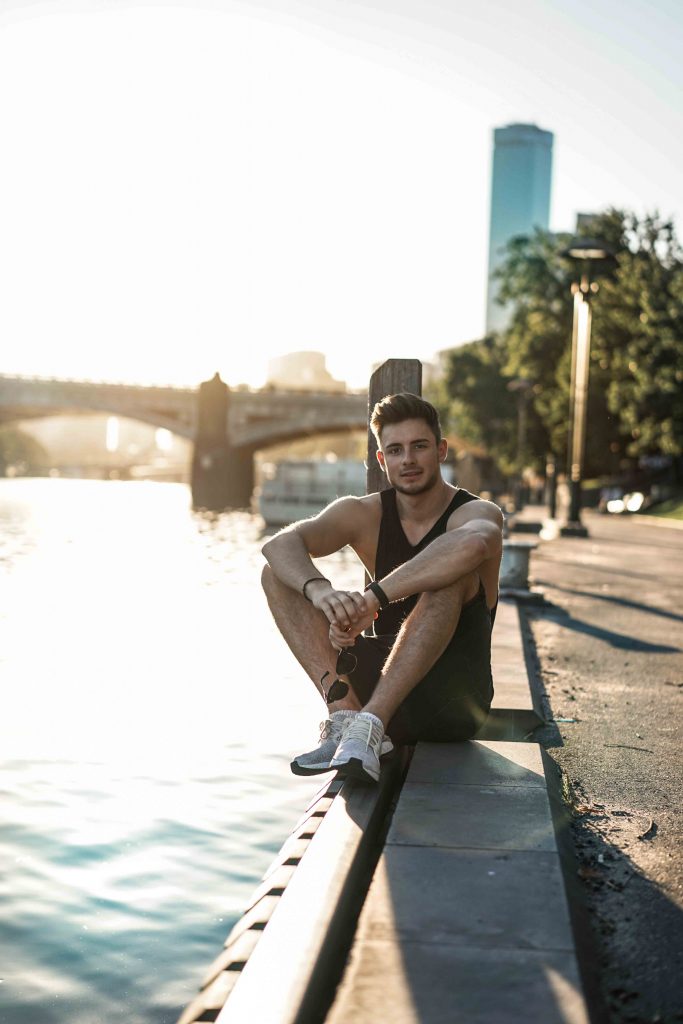
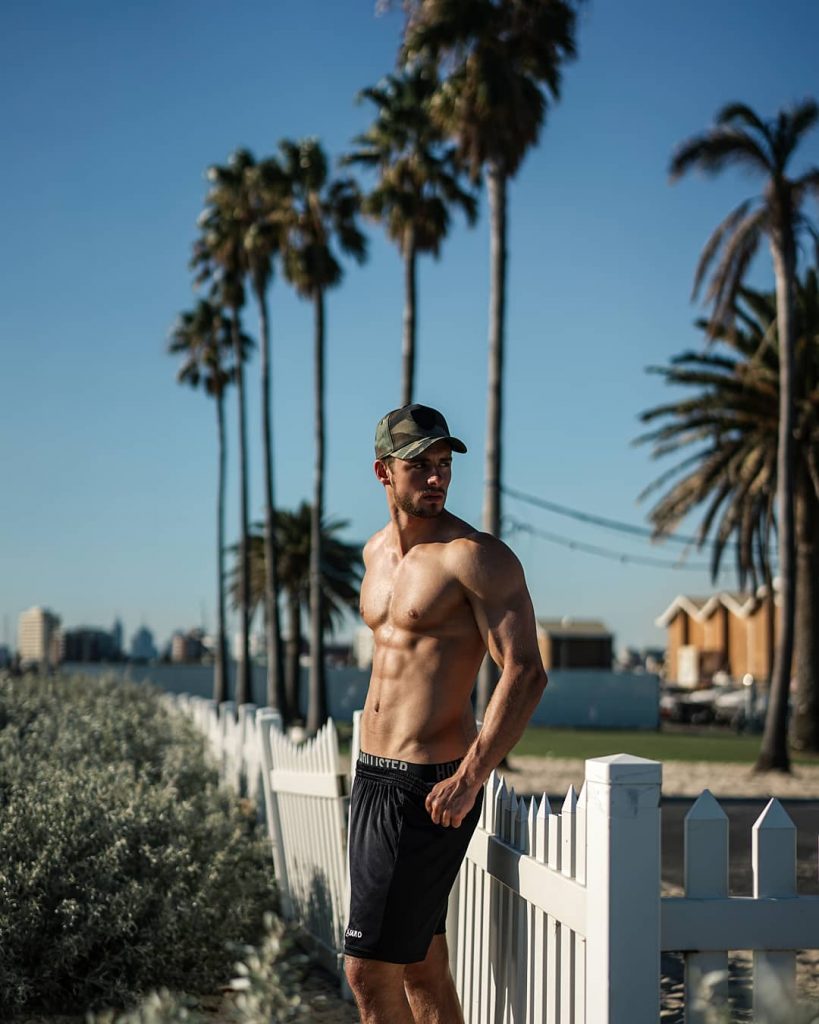
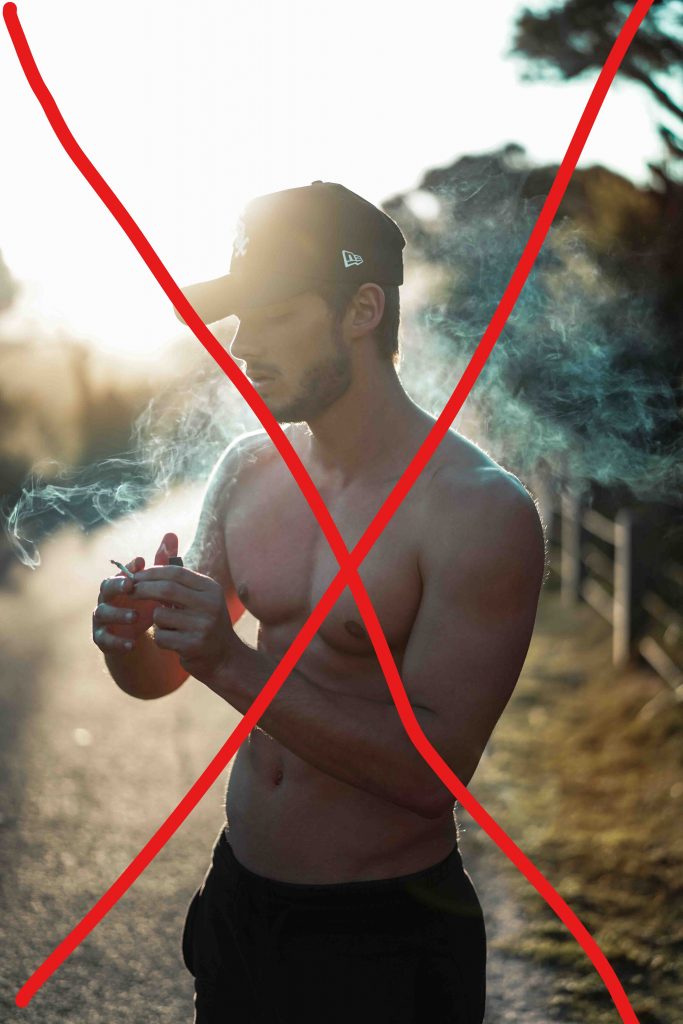
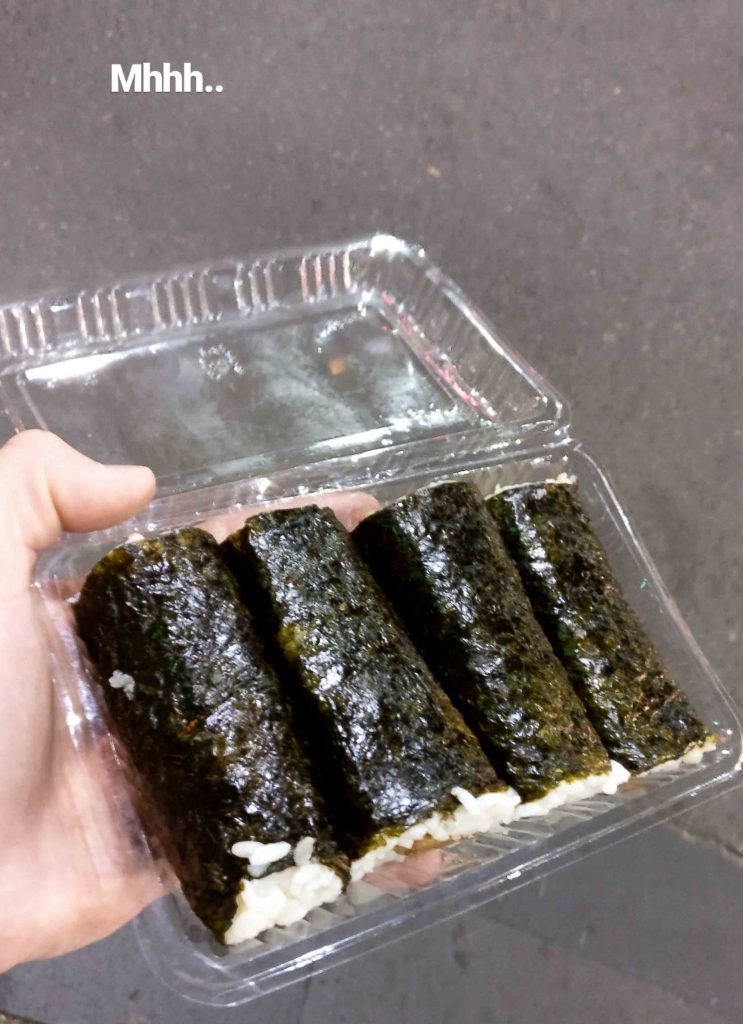
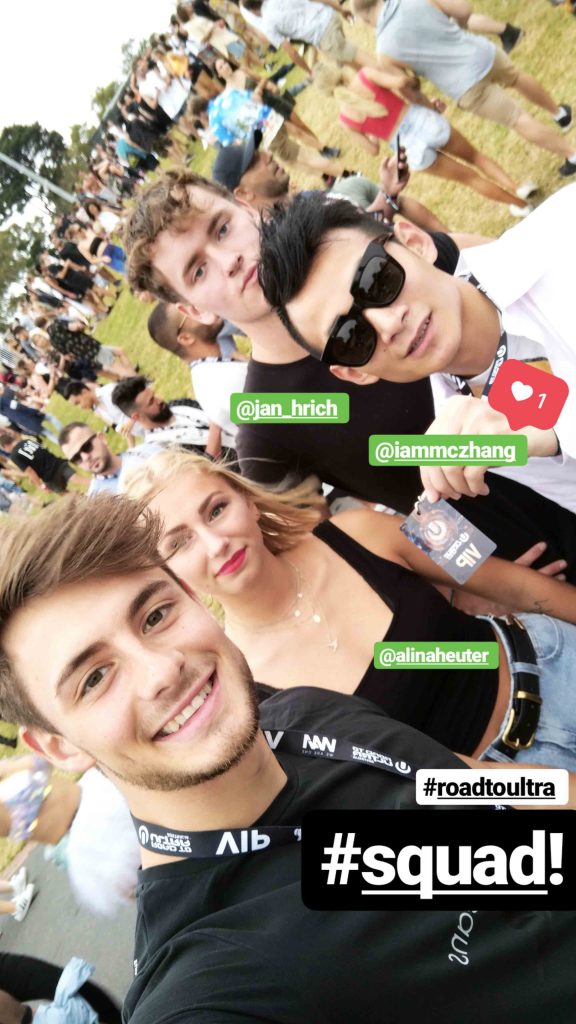 The nightlife in Melbourne is not anywhere comparable to Germany, meaning the clubs in German are much better! There far greater restrictions here, for an example the clubs are only operating until 2:00am – 3:00am and you also have to be inside the club before 1:00am, this is the “lock out” rule, not in before 1:00am you may swell go home, But everything is better. So what do I mean by better? Australia have many more pubs, bars and not so many nightclubs. The Australian pubs are completely different than German pubs, everything is much bigger, more open and familiar. Some clubs even have a pool, billiards, TVs and a super friendly vibe.
The nightlife in Melbourne is not anywhere comparable to Germany, meaning the clubs in German are much better! There far greater restrictions here, for an example the clubs are only operating until 2:00am – 3:00am and you also have to be inside the club before 1:00am, this is the “lock out” rule, not in before 1:00am you may swell go home, But everything is better. So what do I mean by better? Australia have many more pubs, bars and not so many nightclubs. The Australian pubs are completely different than German pubs, everything is much bigger, more open and familiar. Some clubs even have a pool, billiards, TVs and a super friendly vibe.